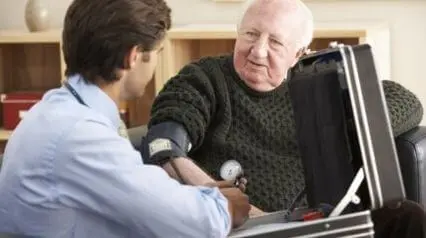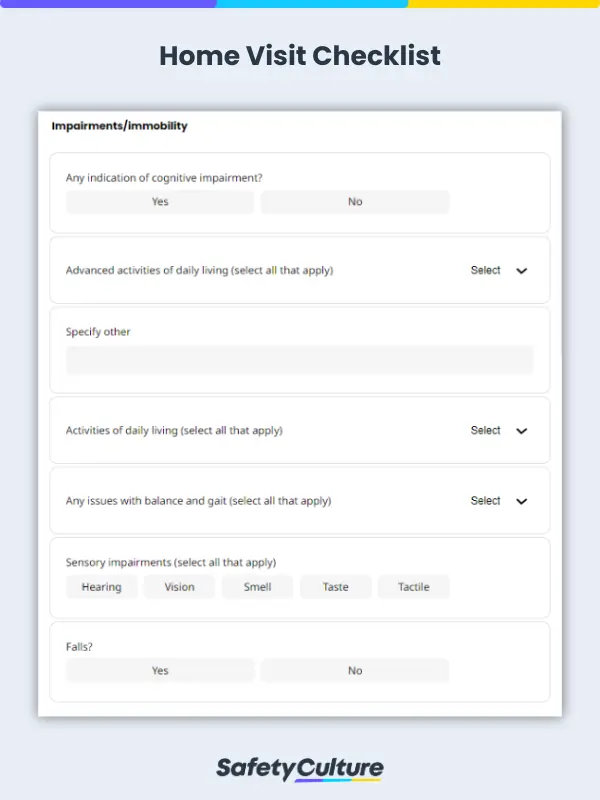What is a Home Visit?
A home visit or a house call in the medical field is the practice of medical professionals visiting patients at their homes to address medical conditions and provide patient care. It also aims to educate young children with health or developmental concerns to be familiar with their environment. It provides clear, regular, and flexible terms considering the needs of the patient and family.
Home visits are also conducted in the fields of education, early childhood development, social services, and real estate, but this article will focus on the medical house call.
What is a Home Visit Checklist?
A home visit checklist is a tool used by medical professionals when conducting house calls. It helps ensure that all aspects of a home visit are checked and that they are in line with the goal of the home visit, which is to address the medical concerns of the patient and improve overall patient care.
The Benefits of Home Visits
Only around 13% of doctors in the US currently conduct home visits, but the demand for the practice is expected to increase due to the aging population. Home visits have advantages over conventional medical appointments done at the doctor’s office. Below are the three main benefits.
-
Improved patient care
Home visits help improve patient care and prevent more serious and possibly more expensive medical issues. Medical practitioners that visit patients’ homes can help address patient mobility and safety and assess the patient’s living conditions. By observing a patient’s daily routine, the medical practitioner can recommend modifications that address the patient’s needs. Patients in a house-call program report to have fewer hospitalizations and visits to the emergency room.
-
Satisfied patients
Home visits contribute to higher levels of patient satisfaction. Patients save time and enjoy doctor’s appointments in the comfort of their own home, instead of having to go out and wait for their turn at the doctor’s office.
-
Satisfying medical practice
The medical practitioners who conduct house calls are reportedly more satisfied with their medical practice and have a more positive attitude for conducting home visits than those who do not.
Types of Home Visits
Home visits are tailored according to the needs of the patient. Here are the 4 types of home visits that address the needs not only of the patients but also of their family members and help create an environment conducive to providing quality patient care.
-
Illness home visits
For this type of home visit, the medical professional visits the patient to assess the illness and provide appropriate care. These visits are usually done for patients with acute or chronic illness.
-
Dying patient home visits
This is conducted for terminally ill patients who are at home so the health practitioner can provide palliative care and make conditions as comfortable as possible for the patient and family members. Medical professionals also provide emotional support to the coping family members of the dying patient.
-
Assessment home visits
The medical professional assesses the patient’s living conditions and aims to ensure that the home is safe and conducive to the well-being of the patient.
-
Hospitalization follow-up home visit
This type of home visit is for follow-up of major events such as the birth of a baby or after treatment of a major illness or post-surgery. This home visit helps the patient and family members cope and ensure that the home is made ideal for patient care.
Components of Home Visits
The objective of home visits is to provide medical service at your doorsteps. According to 2013 home visits health care benchmark, the following are the top components of home visits:
- Medication Reconciliation – is a process of accurate listing of patient’s medication that has been compared to medical orders or patient’s records.
- Clinical Assessment – is a process of diagnosing, evaluating, and planning treatment for patients who have psychological problems.
- Patient / Caregiver Education – caregivers provide all-around support to the patient’s needs including personal assistance.
- Fall Assessment – is a process of evaluating the likelihood of falling for elderly patients.


